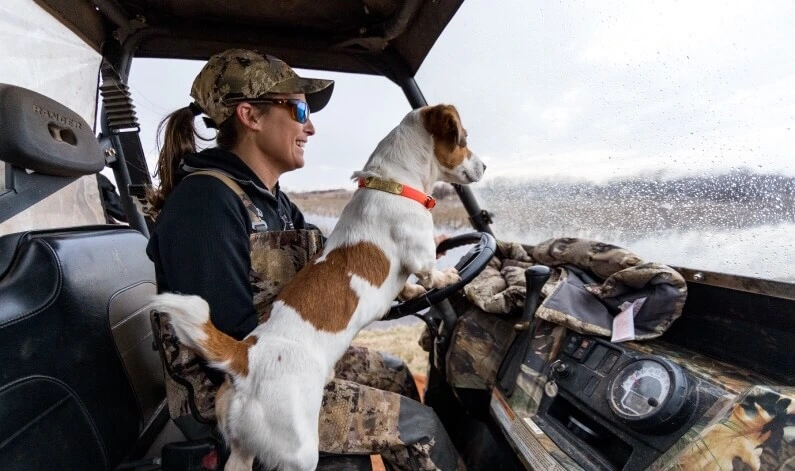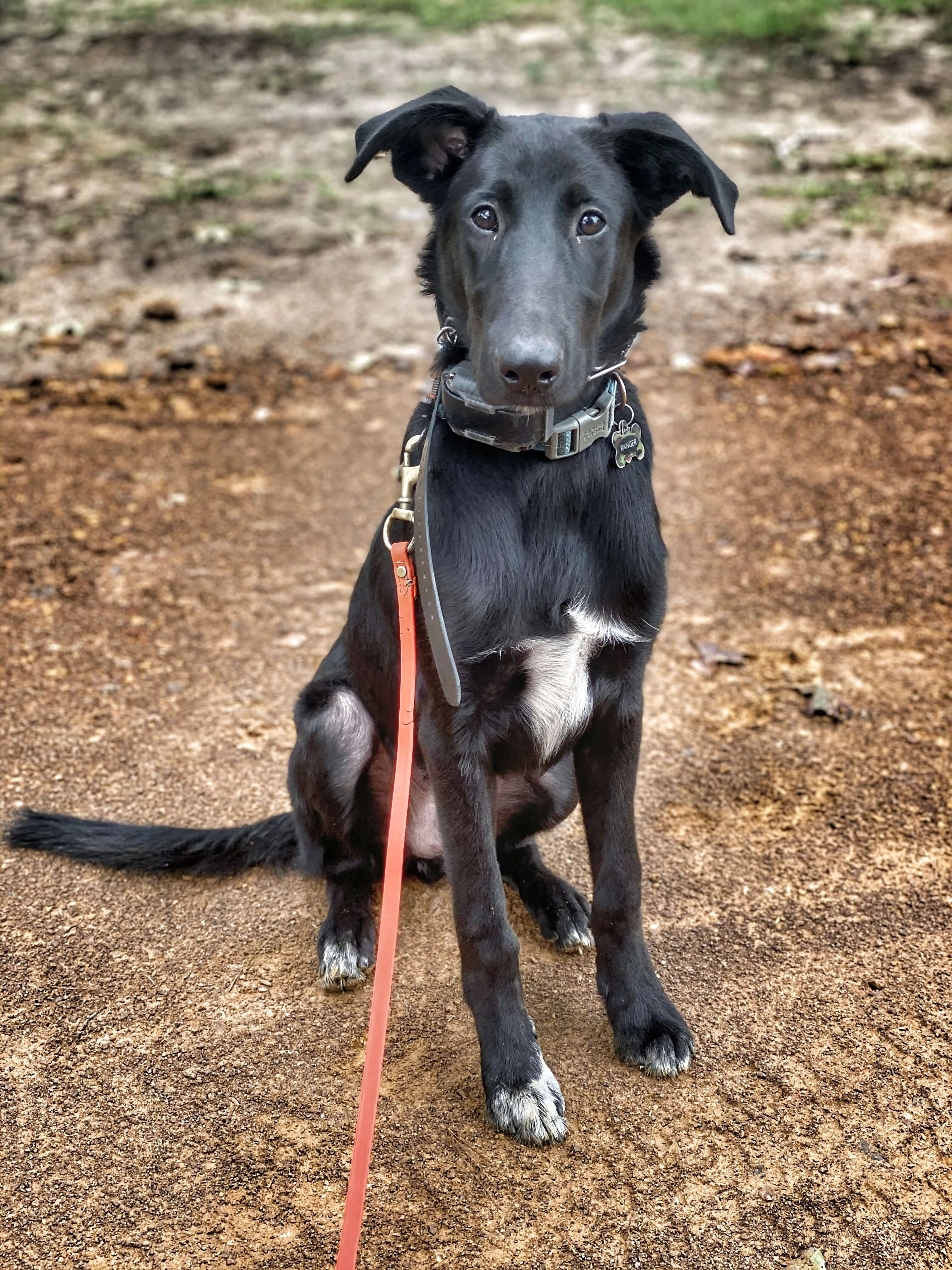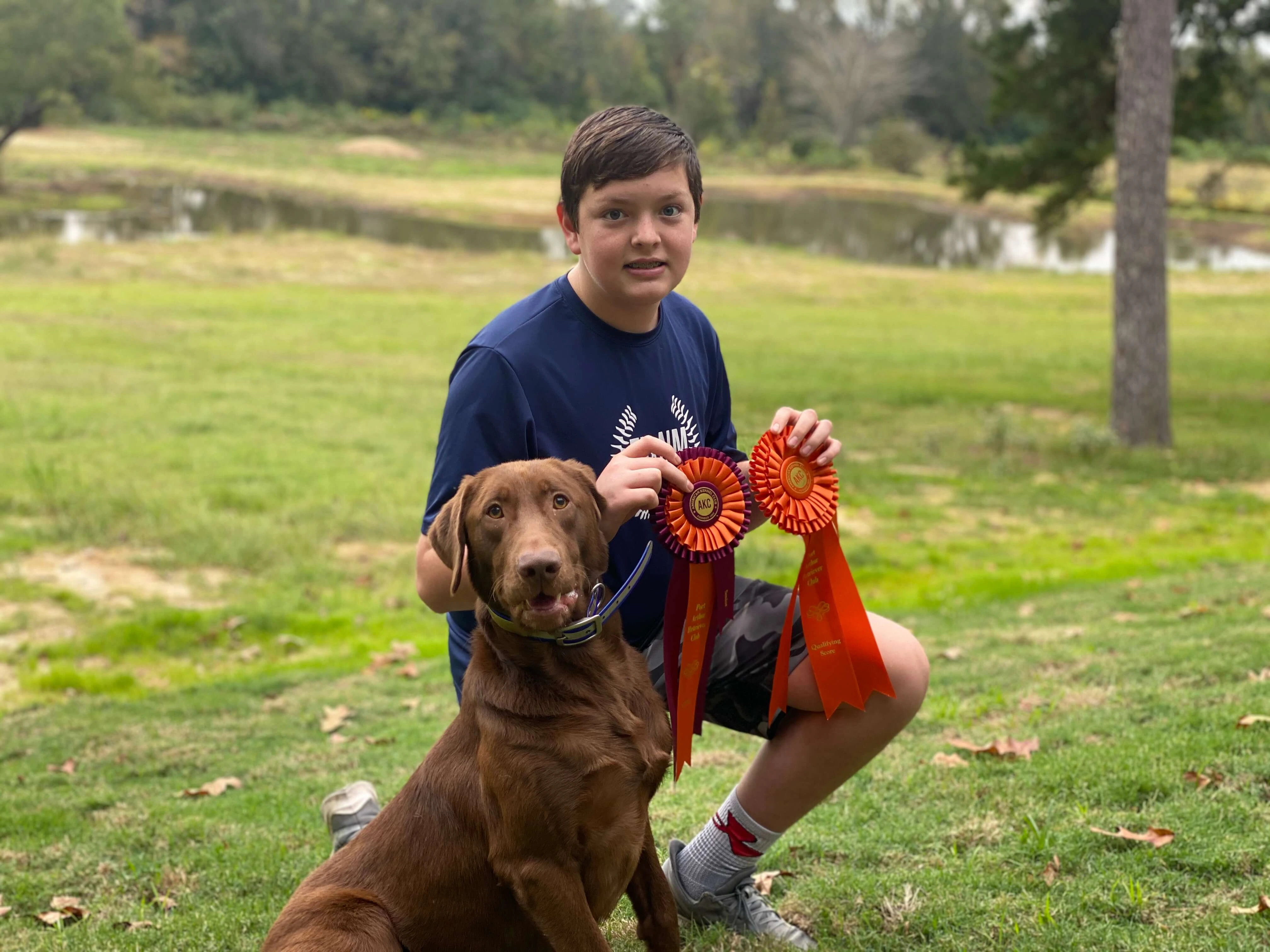5 Essential Training Steps for Your New Puppy

Welcoming a new puppy into your home is an exciting milestone. Alongside the joy and curiosity, there comes a responsibility to guide your puppy’s learning. Whether you realize it or not, your dog is picking up lessons from the very first day—some you’ll appreciate, and some you may not.
While it’s tempting to let your puppy simply settle in, early dog training in Longview, TX, is one of the most valuable investments you can make. Purposeful guidance prevents problem behaviors while helping your dog feel secure, confident, and ready to take on the world.

Five Ways to Shape Your Puppy’s Behavior Since Day One
1. Meeting the World with Early Socialization
Puppies go through a critical social development period in their first few months. Introducing your pup to many new people, sights, and sounds is one of the most important things you can do. A common guideline is to meet at least 100 people within the first 100 days, but even more exposure is beneficial.
Simple outings, such as accompanying you to the garden center or greeting neighbors, can help your dog grow comfortable around unfamiliar faces. Including children and people wearing different clothing, hats, or uniforms teaches your puppy that variety in their environment is normal.
Early and frequent interactions help prevent fear and reactivity later in life.
2. Building the Basics: Teaching Obedience Early
As soon as your puppy settles in, begin introducing foundational skills. Start with essential commands like Sit or Here, as well as walking with a leash in a comfortable way. Young dogs are eager to learn and respond well to clear, consistent guidance.
Use food lures to guide your puppy into position, but remember to mix up the sequence of commands so learning stays engaging. Keep sessions short—just a few minutes at a time—and always end on a successful note.
As your puppy progresses, gradually reduce reliance on food lures to encourage reliable responses.
3. Scheduling Supervised Time with Other Dogs
Social interaction with other dogs is just as valuable as meeting people. Arrange playdates with dogs you know to be friendly and well-socialized. Avoid crowded dog parks at this stage, as the unpredictable environment increases the risk that your puppy could be bullied or caught up in rough encounters.
By spending time with familiar dogs, your puppy will learn valuable skills like bite inhibition and appropriate play. Close supervision allows you to step in and let your puppy know when play has crossed into excessive or unwelcome behavior.
4. Introducing Little Challenges
Confidence grows when a puppy successfully navigates new situations. Encourage your pup to tackle small obstacles: exploring new spaces, moving through narrow areas, or interacting with novel surfaces and objects. Even exploring a dark closet or a long cardboard box can be beneficial for future kennel training.
Small challenges teach your dog that unfamiliar situations are not threats but opportunities to learn. Over time, this step helps your puppy handle change and stress with resilience.
Just as children gain confidence riding bikes or playing sports, your puppy becomes more adaptable when they discover their own capabilities.
5. Preventing Separation Issues with Alone Time
Many dogs develop separation issues because they were never taught to be comfortable alone, but the problem can be stopped with early training.
Introduce your puppy to a small kennel, just big enough to stand up and turn around in. The size of the kennel will grow with the dog throughout its growth stages. A kennel is how you will teach the puppy to hold his bladder and be comfortable with being alone.
As a safety precaution, no bedding should be provided to ensure your dog cannot chew on or swallow anything unsafe. He should also be crated at night and anytime during the day when he is not being supervised.
Get him out throughout the day to engage in activities, and then put him up for a nice nap in his kennel. He should also be fed inside his crate to further teach that the space is positive and rewarding.
Creating predictable routines and calmly returning after absences teaches your puppy that solitude is normal and nothing to fear. Such a foundation helps prevent anxiety and distress as your dog matures.

Dog Training in Longview, TX: Start Your Puppy’s Journey Right
When you pair at-home training with expert guidance from One Shot Retrievers, you’re giving your dog the best chance to become a calm, obedient, and loving companion.
Reach out to One Shot Retrievers today—our knowledgeable trainers prioritize your pet’s well-being and work closely with you to achieve lasting results.

Is It Good to Get Your Dog Tired?
Learn why balanced activity matters for your dog’s behavior and focus. Explore expert dog training in Tyler TX for lasting results.
Read more
Can E-Collars Be Used on Small Dogs?
Learn how e-collars can safely train small dogs and improve obedience with expert guidance in Lindale, TX. Call us today!
Read more
Why the “He Doesn’t Like It” Excuse Is Holding Your Dog Back
Build your dog’s confidence and overcome hesitation with professional dog obedience training in Dallas. Start improving behavior today.
Read more



